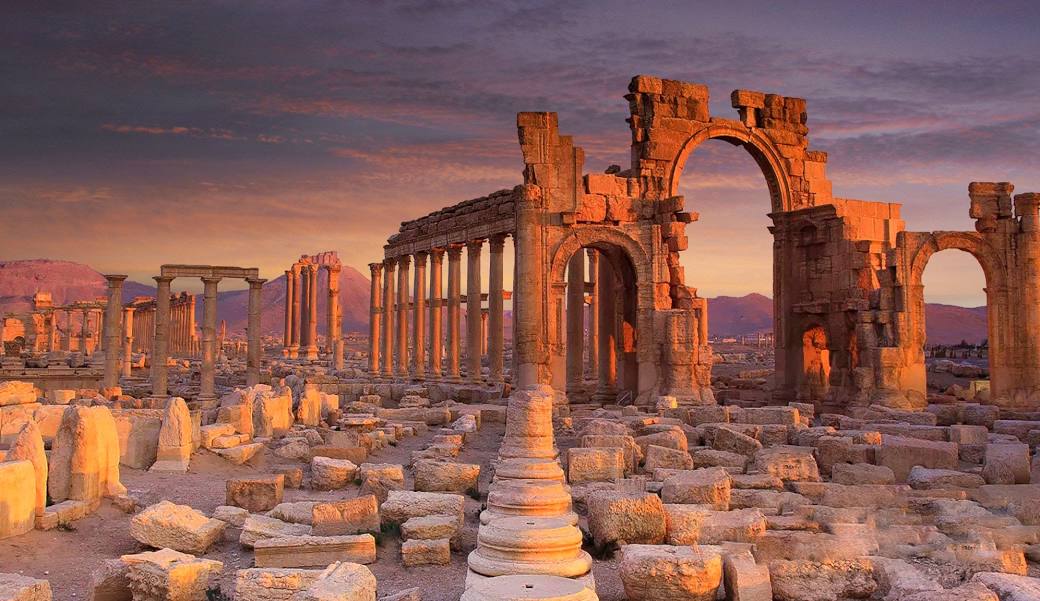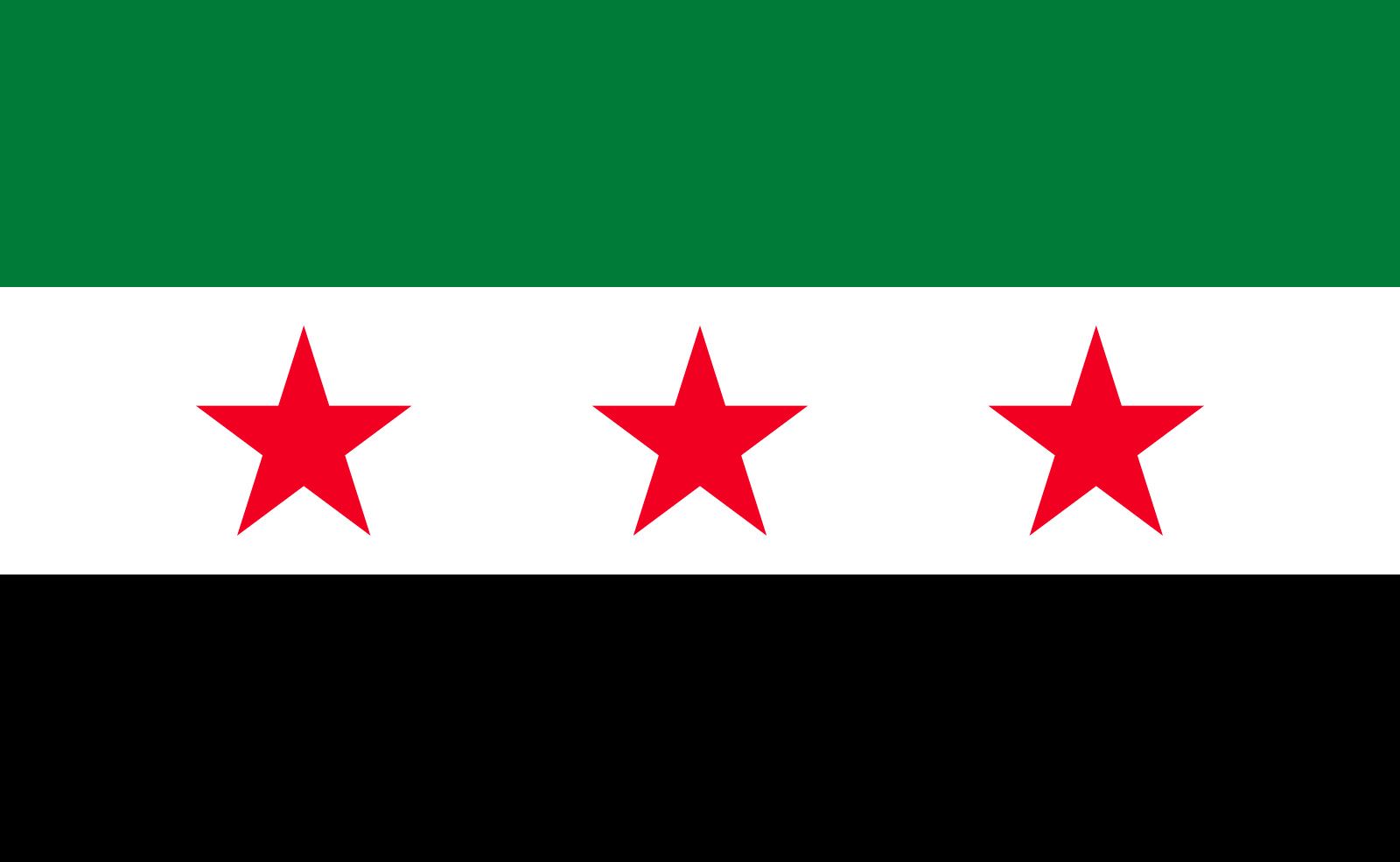Economy of Syria
An overview of economic sectors and developments
Economic Overview
Historically, the Syrian economy was based on agriculture, oil exports, and trade. As a crossroads between Europe, Asia, and Africa, Syria has always played an important role in international trade. The country has a mixed economy with both state-owned enterprises and private businesses.
Before 2011, Syria was a middle-income country with a growing economy. Its strategic location, natural resources, and skilled population formed the basis for economic development. However, the civil war and subsequent international sanctions severely impacted its economy.
Historical Economic Development
Post-Independence
After gaining independence, Syria focused on building a national economy. Agriculture and trade formed the basis of the economy.
Socialist Period
Nationalization of major industries and banks. Focus on heavy industry and state-led development. Discovery of oil reserves.
Economic Liberalization
Gradual opening to market economy. Privatization of state-owned enterprises and promotion of private investments.
Modernization and Growth
Further economic reforms, growth of the service sector, increase in foreign investments and tourism. This period saw significant economic progress.
Conflict and Economic Decline, Towards Recovery
The Syrian Civil War led to a severe economic downturn, massive destruction of infrastructure, and widespread displacement. International sanctions further exacerbated the crisis. However, as of July 2025, there are signs of a cautious recovery. The World Bank projects a modest 1% GDP growth for Syria in 2025, following a contraction in 2024. Some international sanctions have been revoked, and there is a renewed focus on reconstruction and economic stabilization under the transitional government.
Key Economic Sectors
🌾 Agriculture
Share in GDP: ~20% (historical, significantly impacted by conflict)
Employment: ~25% of the workforce (historical, now higher due to displacement from other sectors)
Main products:
- Wheat and barley (staple crops)
- Cotton (important export product historically)
- Olives and olive oil
- Citrus fruits
- Tobacco
- Sugar beets
Challenges: Drought, water scarcity, damaged irrigation systems, landmines, displacement of farmers.
🏭 Industry
Share in GDP: ~30% (historical, severely impacted)
Employment: ~20% of the workforce (historical)
Main sectors:
- Textile industry (cotton processing)
- Food processing industry
- Chemical industry
- Cement production
- Steel industry
- Pharmaceutical industry
Industrial centers: Damascus, Aleppo, Homs, Latakia (many suffered significant damage).
⛽ Energy and Mining
Share in GDP: ~15% (historical, production severely disrupted)
Energy sources:
- Petroleum (mainly northeast, control disputed)
- Natural Gas (growing sector, but infrastructure damaged)
- Hydropower (Euphrates dams, capacity reduced)
- Renewable energy (potential, but limited investment)
Minerals:
- Phosphate (important export, but production affected)
- Salt
- Gypsum
- Marble
🏪 Services and Trade
Share in GDP: ~35% (historical, heavily impacted)
Employment: ~40% of the workforce (historical)
Main sectors:
- Trade (historically strong, but disrupted)
- Transport and logistics (infrastructure damaged)
- Financial services (limited due to sanctions)
- Tourism (historically important, now minimal)
- Telecommunications (damaged infrastructure)
- Education and healthcare (strained by crisis)
Trade centers: Damascus, Aleppo (traditional souks, many destroyed).
Natural Resources
🛢️ Petroleum
Reserves: Estimated at 2.5 billion barrels (pre-conflict)
Production: ~400,000 barrels/day (pre-2011). Current production is significantly lower and largely outside government control.
Locations: Northeast (Hasaka, Deir ez-Zor)
Export: Historically a major source of foreign currency.
💨 Natural Gas
Reserves: ~240 billion cubic meters (pre-conflict)
Usage: Electricity generation, industry
Potential: Growing sector for export, but requires significant investment in infrastructure.
Infrastructure: Pipelines to neighboring countries (many damaged).
⚡ Hydropower
Capacity: ~1,500 MW (pre-2011)
Main dams:
- Tabqa Dam (Euphrates)
- Tishrin Dam (Euphrates)
- Baath Dam (Euphrates)
Benefits: Clean energy, irrigation (impacted by conflict and drought).
International Trade
📤 Key Export Products
Energy products:
- Crude oil and petroleum products (severely reduced)
- Natural gas (limited)
Agricultural products:
- Cotton and textiles (reduced)
- Olive oil
- Fruits and vegetables
- Tobacco
Industrial products:
- Phosphate and chemicals (reduced)
- Textile products
- Food products
📥 Key Import Products
Machinery and equipment:
- Industrial machinery
- Transport equipment
- Electronics
Raw materials:
- Metals and alloys
- Chemical raw materials
- Wood and paper
Consumer goods:
- Food products
- Medicines
- Clothing
🌍 Trading Partners
Traditional export markets: EU countries, Arab countries, Turkey, China (many now restricted by sanctions).
Main import sources: China, Turkey, EU, Russia, Iran.
Regional trade: Historically strong economic ties with Lebanon, Jordan, and Iraq, now impacted by border closures and instability.
Tourism

🏛️ Cultural Tourism
Syria was a major tourist destination due to its rich history:
- UNESCO World Heritage Sites (many damaged or endangered)
- Historic cities (Damascus, Aleppo)
- Archaeological sites (Palmyra, Bosra)
- Religious sites
Visitors (2010): ~8.5 million tourists. Tourism has drastically declined since 2011, with limited recovery as of July 2025.
🏖️ Other Tourism Sectors
Coastal tourism: Mediterranean beaches
Ecotourism: Nature parks and mountainous regions
Religious tourism: Christian and Islamic sites
Medical tourism: Healthcare services
Economic impact:
- ~12% of GDP (pre-2011)
- Employment for 1+ million people (pre-2011)
- Important source of foreign currency (pre-2011)
Financial System
🏦 Banking
Central Bank: Central Bank of Syria
Commercial banks: Mix of state-owned and private banks (many impacted by sanctions and conflict)
Islamic banks: Growing sector
Foreign banks: Limited presence due to sanctions.
💱 Currency and Exchange Rate
Currency: Syrian Pound (SYP)
Exchange Rate: Highly volatile and depreciated significantly since 2011.
Foreign Reserves: Severely depleted.
International trade: USD, EUR used, but transactions complicated by sanctions.
📊 Capital Markets
Damascus Securities Exchange: Established in 2009, but trading volume is low.
Listed companies: Limited number.
Bond market: Primarily government bonds.
Insurance: Growing sector, but limited coverage.
Economic Infrastructure
🚛 Transport
Roads: ~70,000 km (43,500 mi) road network (many damaged)
Railways: ~2,750 km (1,700 mi) railway lines (largely non-operational)
Ports: Latakia, Tartus (main seaports, operational but capacity reduced)
Airports: Damascus, Aleppo (international, limited flights)
Pipelines: Oil and gas to neighboring countries (many damaged or under dispute).
⚡ Energy and Communication
Electricity: ~12,000 MW capacity (pre-2011), current supply is intermittent and insufficient.
Telecommunications: Modern networks (damaged and unreliable).
Internet: Growing penetration (but often slow and expensive).
Mobile telephony: High coverage (but service quality varies).
Water supply: Urban and rural networks (many damaged, leading to water shortages).
Economic Challenges (as of July 2025)
🌊 Internal Challenges
- Infrastructure destruction: Widespread damage to housing, factories, roads, and utilities.
- Humanitarian crisis: Large-scale displacement, food insecurity, and poverty.
- Brain drain: Loss of skilled labor due to emigration.
- Inflation and currency depreciation: Eroding purchasing power.
- Corruption: Persistent issue hindering recovery.
🌍 External Factors
- International sanctions: Continue to limit access to global markets and finance, though some have been lifted.
- Regional instability: Ongoing conflicts in neighboring countries impact trade and investment.
- Foreign interference: Various external actors with competing interests.
- Climate change: Exacerbating water scarcity and agricultural challenges.
- Global economic slowdown: Affecting demand for Syrian exports.
Economic Potential and Future
🚀 Development Potential
Despite the challenges, Syria possesses significant economic potential:
🎓 Human Capital
- Highly educated population (historically)
- Strong educational tradition
- Technical skills
- Entrepreneurial spirit
🌍 Strategic Location
- Crossroads of continents
- Access to sea
- Historical trade routes
- Potential regional hub
🏛️ Cultural Heritage
- Significant tourism potential (post-stabilization)
- Cultural industry
- Traditional crafts
- International interest
Reconstruction and development: With sustained peace and stability, Syria can rebuild and modernize its economy, leveraging its natural advantages and human resources. International support and investment will be crucial for a full recovery.
 Syria
Syria